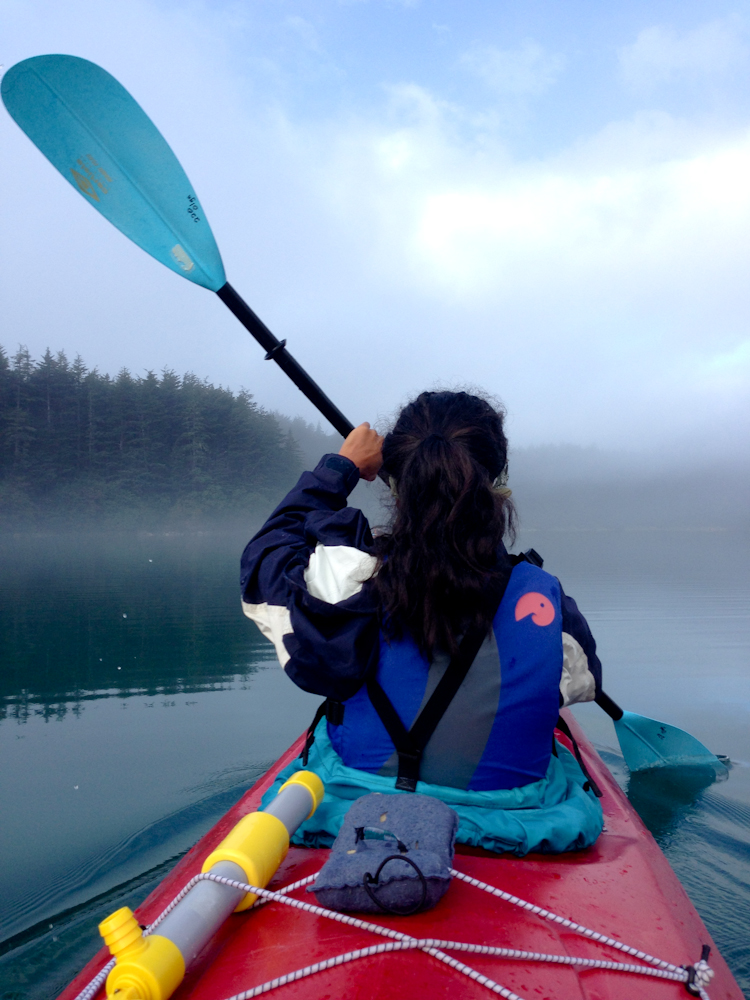Although the number of applications and students enrolled in Sophomore College decreased between 2012 and 2013, the Stanford Introductory Studies (SIS) department introduced five new seminars for this year’s program.
A three-week summer program reserved for rising sophomores, the 2013 Sophomore College program accepted 488 applicants with a total of 245 rising sophomores enrolled. The 2012 program had 545 applicants and a total of 299 students enrolled.
A representative of the Stanford Introductory Studies department attributed the decrease in applicants to the smaller number of courses offered in total this year. While last year’s Sophomore College boasted a selection of 22 seminars, this year’s selection included 18, even with the newly created offerings.
One of the new 2013 seminars, In the Age of the Anthropocene: Coupled-Human Natural Systems of Southeast Alaska, took students to Sitka, Alaska, where they conducted fieldwork as part of an exploration of ecological systems and the challenges of modern day environmental stewardship. Unlike many of the other courses offered, this one was spent entirely off campus and students were given the opportunity to go camping, visit the Inian Islands and interact with locals.
Dylan Anslow ‘16, one of the Alaska seminar participants, said the group was able to interact with various Sitka natives including fishermen and timber builders, who through both their occupation and lifestyle engage with ecological systems.
“We also went on amazing hikes and saw 30 whales breach one after another and learned the names of dozen of plants in the woods and their traditional uses,” Anslow said.
Another new addition to this year’s selection was Photography, Truth or Fiction or…, a course examining the ethics and validity of photography taught by Connie Wolf ‘81, the John and Jill Freidenrich director of the Cantor Arts Center.
Kristen Stipanov ‘16, who participated in the photography course, said they took several field trips into San Francisco and met with artists, curators, advertisers and others involved in photography or art.
“We also really explored how Stanford uses photography,” Stipanov said, “and I really enjoyed learning about the different resources on campus and how to use Stanford to pursue my specific interest in photography.”
Stipanov also pointed out, however, that the course deserved more than just two units because of the amount of time students dedicated to the class outside of the classroom.
“Even when we are not in class, we are living in the dorm with the other students, eating with them and having discussions,” Stipanov said. “The residential experience is a part of the class, and that means that your mental energy is always focused on the class during the weeks that you are taking it.”
The other three new classes were Journeying In and Out: Creative Writing and Performance in Prison, which enabled Stanford students to work directly with the youth at Hillcrest Juvenile Hall in San Mateo; When Engineers Go Sailing: the Science and Technology of America’s Cup Yachts and Matches, which allowed students to learn the basics of engineering and technology design through the study of the America’s Cup boats; and Public Education & Schooling: The Great Equalizer or the Fiercely Competitive Field?, which focused on understanding the issues within American public education and the public school infrastructure itself.
